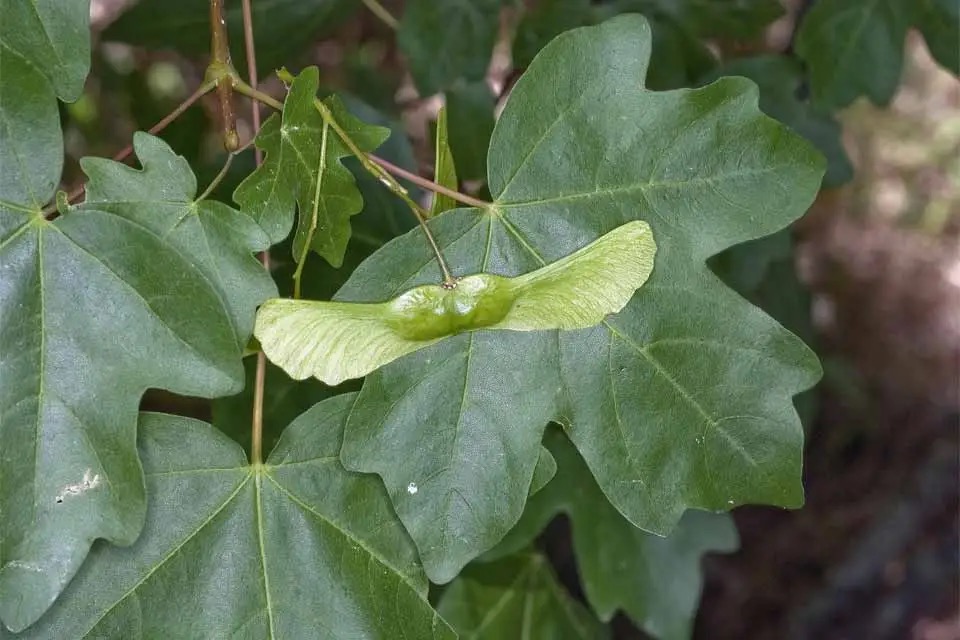Field Maple (Acer Campestre)

The Acer campestre, commonly known as Field Maple, is a deciduous tree native to much of Europe. It is highly valued in bonsai for its small leaves, which turn a beautiful yellow in autumn, and its rugged bark.
Field Maple Bonsai Care Guide
How should I water it?
It requires moderate watering, allowing the top layer of soil to dry out slightly between waterings. It is more tolerant of hard water than its cousin, the Japanese Maple.
Should I leave it in full sun?
It prefers full sun to partial shade. Exposure to sun helps to reduce leaf size and encourages compact growth. In very hot climates, it’s best to provide some afternoon shade to prevent leaf scorch.
Should I worry about protecting it during the winter?
The Field Maple is very hardy and tolerates frost well. No special protection is needed in most climates, but as with any bonsai, the roots are more exposed in a pot, so in cases of extreme cold, it’s wise to offer some protection.
How often should I fertilize?
Fertilize during the growing season (spring and autumn) with a balanced organic fertilizer. Reduce fertilization in summer and stop during winter.
When and how should it be pruned?
Major structural pruning should be done in late winter before the buds swell. You can prune branches throughout the growing season to maintain the tree’s shape. It responds well to pruning and will bud back from old wood.
When is the best time to wire?
Wiring can be done from spring to autumn. The branches are flexible, but you should check the wire regularly during periods of rapid growth to prevent it from cutting into the bark.
When do I have to repot?
Young trees should be repotted every 1-2 years, while older, more established specimens can be repotted every 3-5 years. The best time to repot is in early spring, just as the buds begin to swell.
What substrate or soil should I use?
A well-draining soil mix is essential. A standard mixture of 70% akadama and 30% kiryuzuna works well.
How can I propagate it?
It can be propagated from seeds, which require a period of cold stratification. It also roots well from cuttings taken in early summer or from air layering.